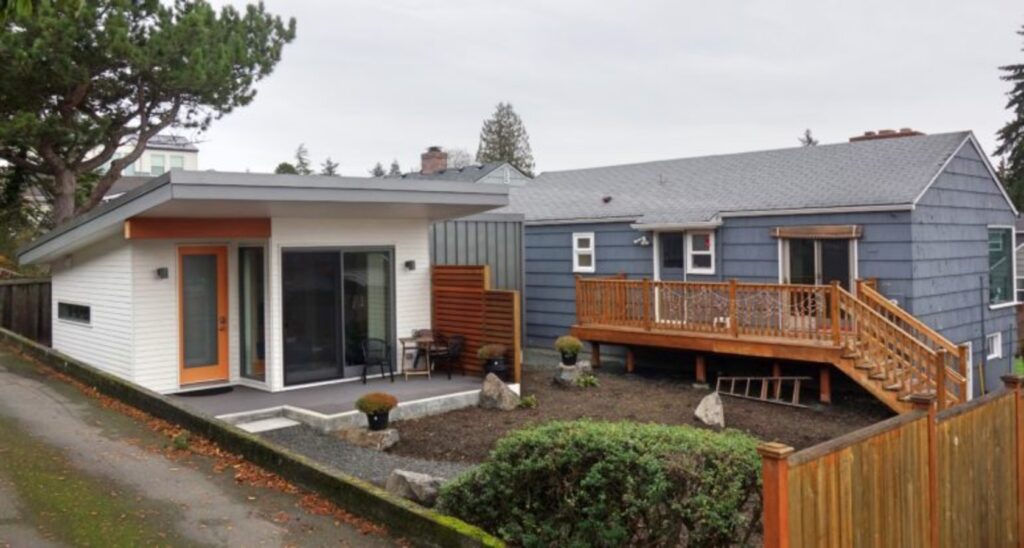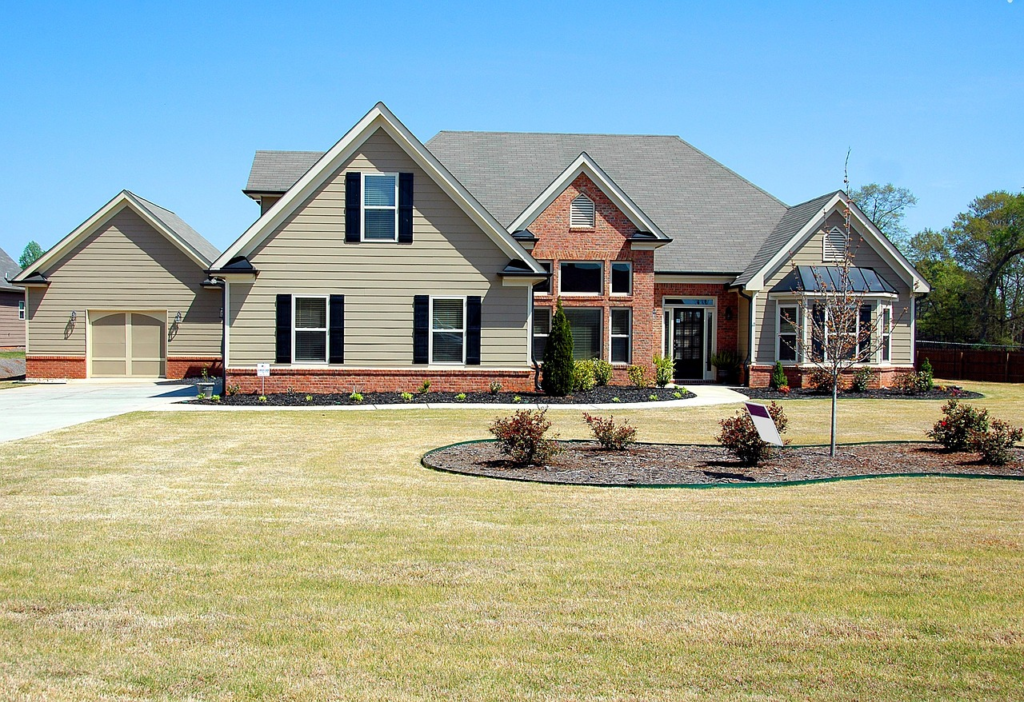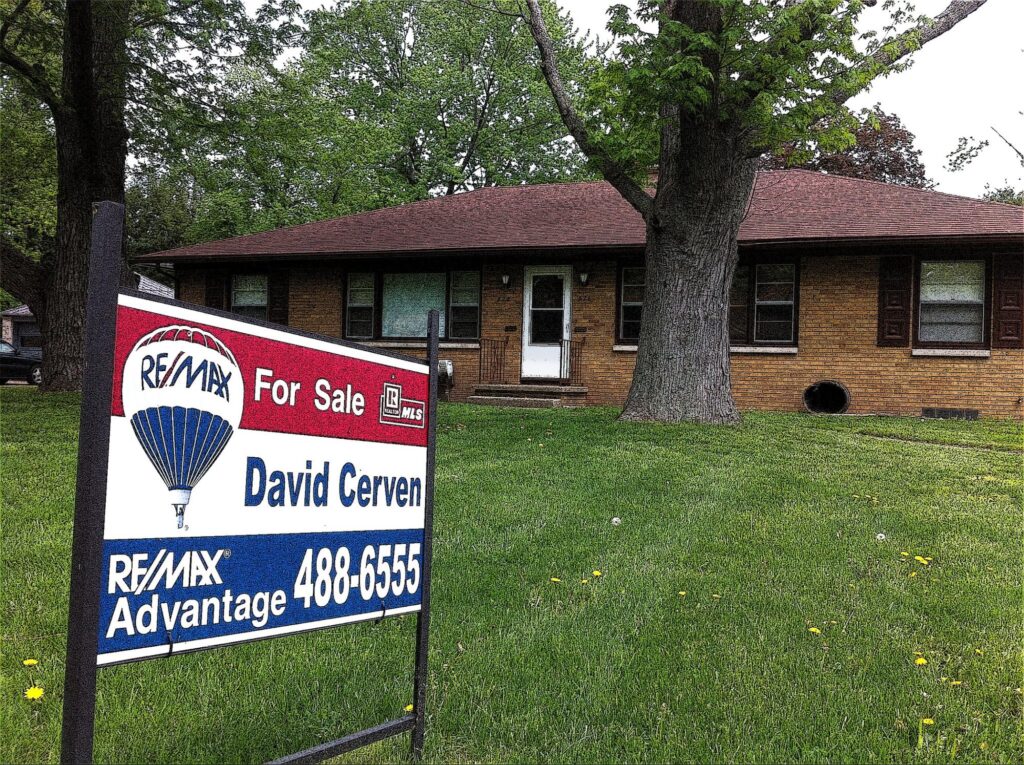Don’t know what to make of the housing market’s current state, or don’t understand why your real estate portfolio has multiple redundant properties?

We are here to reason out the dynamics of the housing market, how far it has come, and what transpired between the pandemic period and now.
The Housing Market in 2021 and 2024 are Strangers
Anyone familiar with how the housing market operated a few years ago can tell you without hesitation that significant transformations have occurred since then.

Home prices have steadily gained from their highs during the pandemic, but we cannot say the same about mortgage rates. A combination of these two factors has made homes quite unaffordable. Nonetheless, shortages in the number of listed houses keep the market competitive.
Home Refinancers and New Homebuyers Are Treading Carefully
Why the housing shortage, you ask? Well, it turns out old homeowners prefer maintaining their old accommodations because they pay relatively lower mortgage rates on them.

Selling an old property to acquire a new one this season can be financially suicidal, particularly for struggling folks, because they’ll be taking on much higher mortgage rates.
ALSO READ: 15 States With High Cost of Living To Be Avoided if You Are Single in the United States
How the 30-Year Option Is Helping Some Homeowners Swim Below the Storm
Now, homeowners who financed their home purchase with a mortgage loan are probably subscribed to the 30-year mortgage rate option. Understanding how this option works is key to playing it safe in the housing market.

The 30-year mortgage rate is essentially the cost of borrowing to finance a home purchase. Now that mortgage rates are at a record high, the implication is that the homeowner would have to pay back more, in interest, on their loan.
The 2023 Peak of Mortgage Rates
At some point last year, the mortgage rate hit a record 8%, oscillating around the 7% mark. In contrast, potential home buyers had rates as low as 3% at their disposal during and after the pandemic.

So, financing a home purchase of a $503,000 listing with the 30-year mortgage financing option would cost much more in interest in 2024 than in 2021.
Home Prices Helps Tell Many Other Things About the Finances of Americans
Interestingly, housing price turns out to be a metric that helps determine Americans’ spending ability. In 2024, the Case-Schiller national home price index shot up very steeply.

This index, calculated by S&P Dow Jones Indices, suggests that the average American assesses their home purchase decision largely based on the affordability of the home price. This seems to supersede mortgage rate considerations when the purchase is made with the financing option.
Different Perspectives of the Housing Market for Sellers and Buyers
However, high list prices of homes definitely have different connotations for different categories of Americans. For intending homeowners, it could be a discouraging red flag, even when low mortgage rates prevent them from closing the deal.

Meanwhile, high home prices could be a cause for celebration for current homeowners, as this may translate to an appreciation of their property’s value.
Interactions of Inflation, Mortgage Rates, Federal Reserve, and Home Prices
So, it is no surprise that the volume of home sale deals has plummeted in the past few years, all thanks to the simultaneous spike in home prices and mortgage rates. Recent changes to national inflation can be subtly indicted for this trend.

Inflation spiraling out of control caused the Federal Reserve to tweak mortgage rates. Higher mortgage rates discouraged homeowners from selling, and fewer properties were thus available on the housing market, driving up prices.
Home Ownership Potential Is Dropping Among Americans
The National Association of Realtors (NAR) has also officially declared that metrics of home affordability have dropped significantly. The NAR suggests that between 2021 and 2023, affordability of home prices declined by a whopping 33%.

Likewise, the Atlanta Federal Reserve used publicly available data to show that the likelihood of homeownership among average Americans has dropped by 36%, the 2020 peak of home sales.
How Long Do You Need To Work To Comfortably Buy a Home?
To give specifics on how the Atlanta Federal Reserve came about this figure, the Feds simply compared the proportion of an American’s income needed to procure a median home.

The threshold for national affordability is commonly pegged at 30% of annual income. However, in 2024, it will cost Americans about 43% of their annual income to buy a median home, which is way above the affordability mark.
Only a Few People Are Servicing Mortgages at the Current High Rates
Despite high mortgage rates, a small niche of borrowers are still servicing loans on home purchases at such exorbitant costs.

Towards the end of 2023, the Federal Housing Finance Agency reported that almost 98% of mortgages were below the national average. Indeed, some 69% of mortgages were about 3 percentage points below the national average.
The More Reason Why Homeowners Are Reluctant To Sell
“If mortgage rates are high, how come so few people are repaying their housing loans at current rates?” we can imagine you asking. The answer is that many deals were closed on the housing market when rates were low, and fewer people financed home purchases when rates shot up.

For example, many Americans took advantage of the near 3-percent mortgage rates of the pandemic era to refinance their mortgages. If such individuals have held on to the exact property since then, they would likely maintain their repayment at that low rate.
You Might Also Like:
Aldi and Its In-House Store Brands
Economists Say That Biden and Trump Are Not Largely To Blame for High Inflation Rate
Citigroup Smashes Second-Quarter Expectations in Both Profit and Revenue
Google Sets To Acquire Cybersecurity Startup Wiz for $23 Billion, It’s Biggest Deal Ever
Navigating the High Cost and Mortgage Rates Faced by Prospective and Current Homeowners

